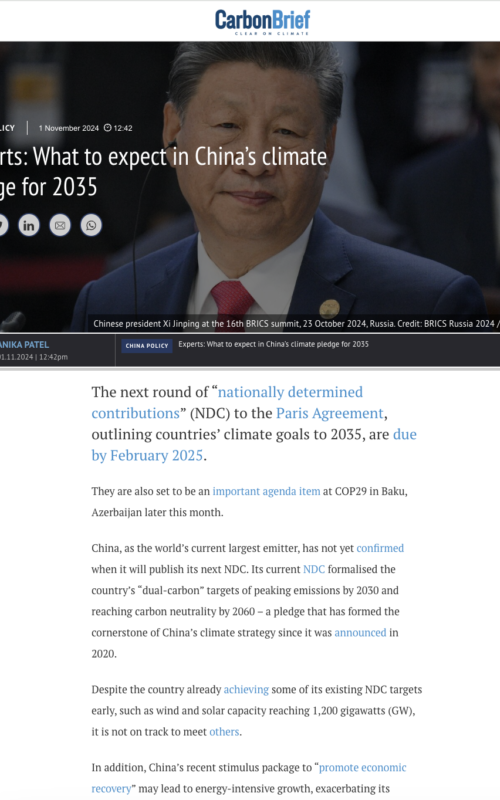Media coverage
Share
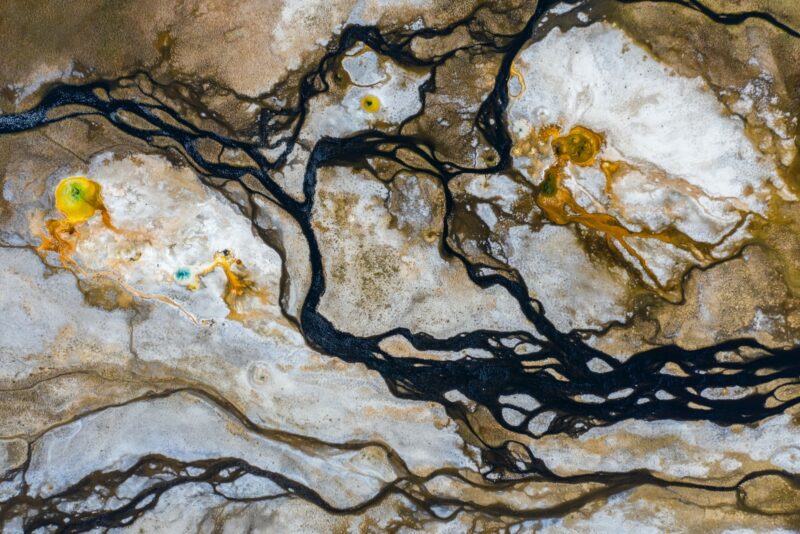
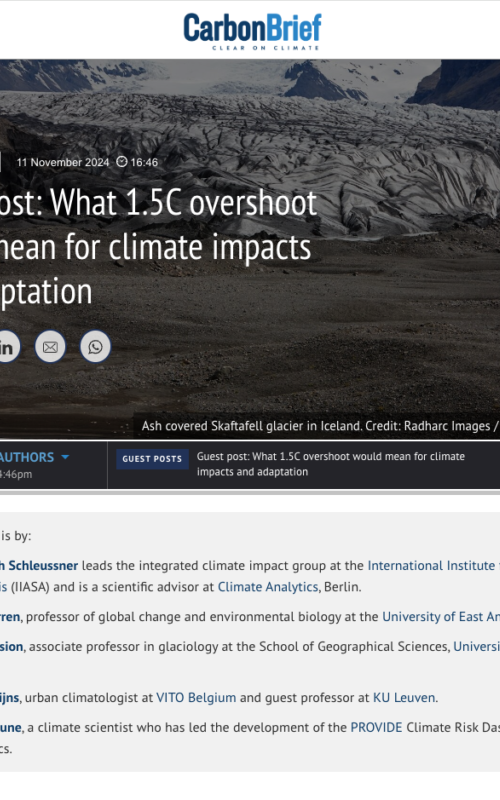
Carbon Brief
This guest post for Carbon Brief by the PROVIDE team examines what 1.5°C overshoot means for climate impacts and adaptation. It explains how our tool, the Climate risk dashboard, shows what overshoot really looks like for countries, regions and cities.
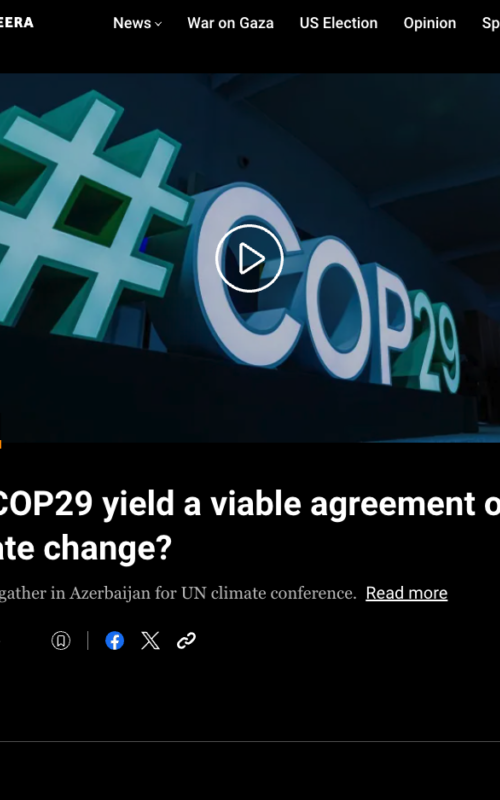
Al Jazeera
“We have seen that the $100 billion goal was not sufficient", Dr Fahad Saeed told Al Jazeera. "Not only the amount but also the quality of the support that was provided.”
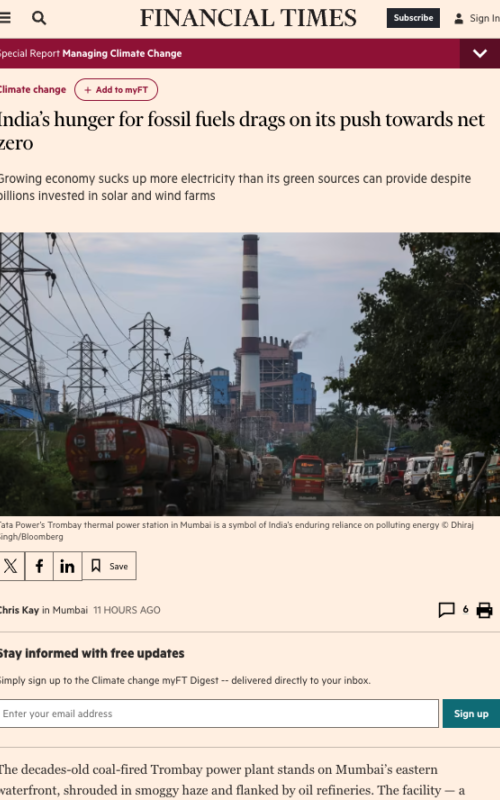
Financial Times
“India’s situation is actually highlighting the complexity of energy transition,” says Nandini Das told the Financial Times.
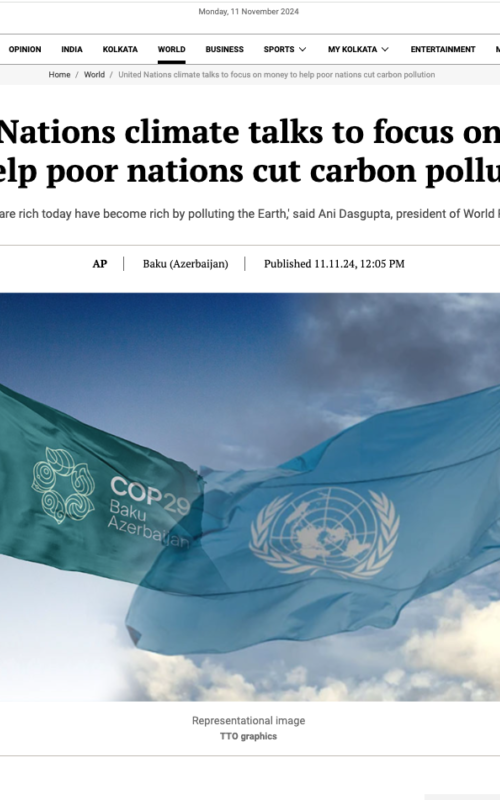
The Telegraph
“It's a game with high stakes,” Bill Hare told The Telegraph. “Right now the fate of the planet depends very much on what we're able to pull off in the next five or 10 years.”
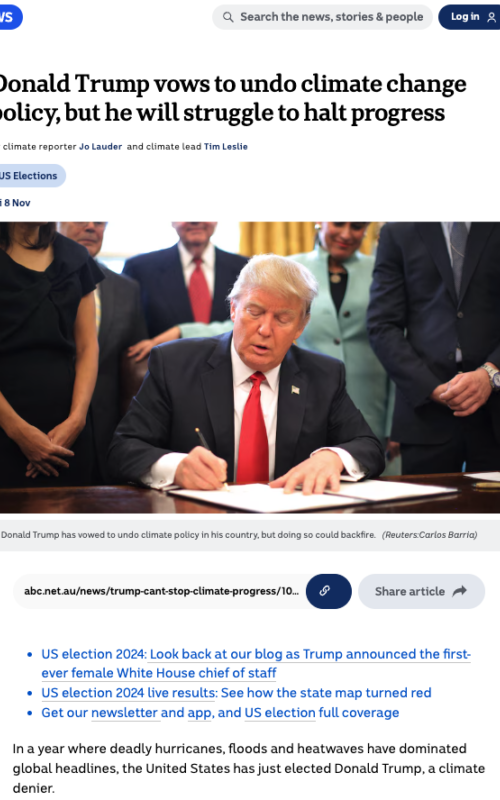
ABC News
It's "very risky, I think, for the US to change track away from clean energy and clean tech, because that's the way the world is going," Bill Hare said.
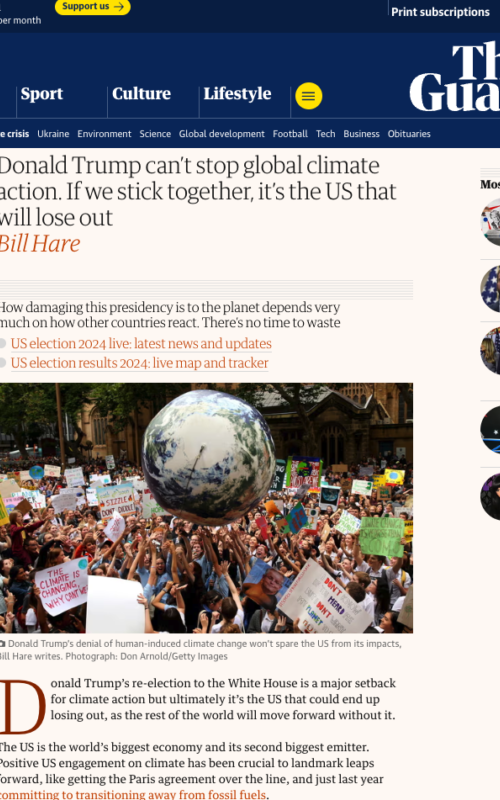
The Guardian
Donald Trump’s re-election to the White House is a major setback for climate action but ultimately it’s the US that could end up losing out, as the rest of the world will move forward without it, writes Bill Hare on The Guardian.

Climate Home News
Bill Hare told Climate Home News “the election of a climate denier to the US Presidency is extremely dangerous for the world”.
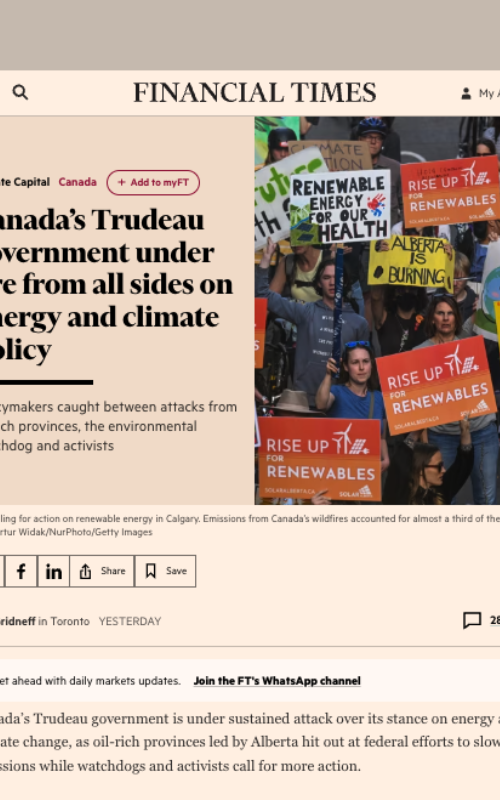
Financial Times
The Climate Action Tracker rated Canada’s plans as “insufficient” when measured against a Paris Agreement goal to limit global warming to no more than 1.5°C since the 1850s. Bill Hare criticised the country’s reliance on carbon capture. “Investing in CCS instead of switching away from fossil fuels is not the way to achieve net zero,” he said.
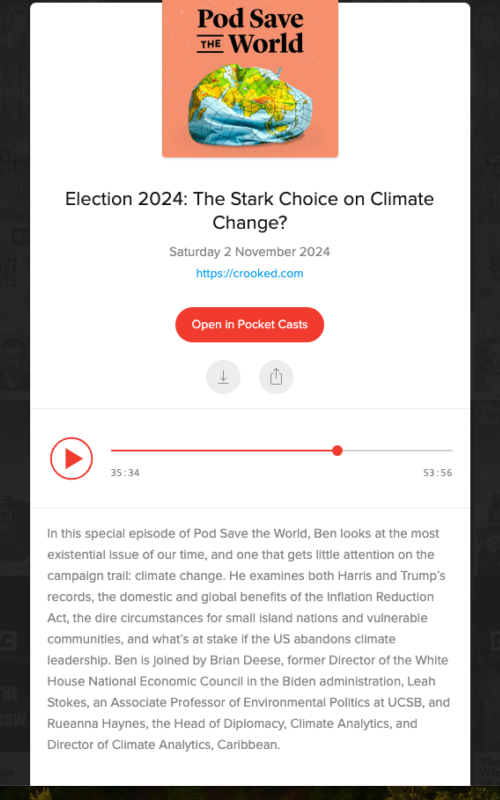
Pod Save The World
Rueanna Haynes speaks to Pod Save The World about the impacts of climate change on small island nations and vulnerable communities, and what’s at stake if the US abandons climate leadership. (Starts at 36min)
